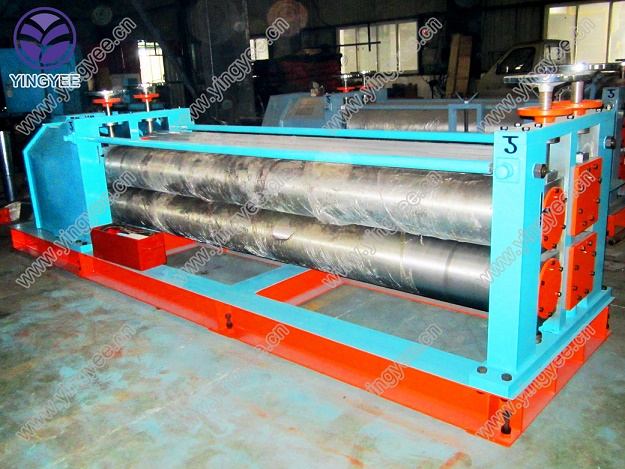
The Evolution and Impact of Three Wave & Guardrail Making Machines
In the era of modern manufacturing, the innovations behind machinery play a pivotal role in shaping industries. Among these inventions, the three wave and guardrail making machine stands out for its unique capability to produce robust and dependable guardrails, essential for road safety and infrastructure development. This article delves into the significance, functionality, and advancements of these specialized machines.
Understanding the Three Wave Guardrail
The three wave guardrail, designed for optimal strength and flexibility, is engineered to absorb impact effectively. Composed of high-quality steel, the three wave design consists of three parallel waves that provide enhanced resistance to vehicular collisions. This unique structure aids in dissipating energy during an impact, reducing the chances of vehicle penetration and minimizing injuries to passengers. As a result, three wave guardrails are commonly used on highways, curves, and other critical areas where vehicular safety is paramount.
The Role of the Three Wave & Guardrail Making Machine
The manufacturing of three wave guardrails relies heavily on specialized equipment to ensure precision and efficiency. The three wave and guardrail making machine is designed to shape, weld, and assemble the steel sheets into the desired guardrail configuration. The process begins with high-quality steel coils fed into the machine, where they are cut and formed to create the characteristic three-wave profile.
These machines employ advanced technology, including computer numerical control (CNC), to enhance accuracy in production. The integration of CNC allows manufacturers to customize guardrail specifications, ensuring that they meet the stringent safety standards required by various regions. Moreover, the machines can produce various components of guardrails, including posts and end caps, which are integral to the installation process.

Key Features and Innovations
Modern three wave guardrail making machines integrate several innovative features that improve their performance and usability. One significant advancement is the use of servo motors, which provide greater control over the forming and cutting processes. This results in a notable reduction in waste, contributing to more sustainable manufacturing practices.
Additionally, many machines now come equipped with automated feeding systems that streamline the production process. This automation not only increases output but also enhances workplace safety by reducing manual handling. Furthermore, data analytics is increasingly being integrated into these machines, allowing manufacturers to monitor production efficiency and identify potential issues before they escalate.
Environmental Considerations
As industries face mounting pressure to adopt sustainable practices, the three wave and guardrail making machine is no exception. Manufacturers are now more focused on reducing their carbon footprint. This includes sourcing recyclable materials, implementing energy-efficient technologies, and minimizing waste during the manufacturing process. By adopting these measures, companies can maintain productivity while also adhering to environmental regulations.
Conclusion
The three wave and guardrail making machine epitomizes the fusion of engineering excellence and safety. With its ability to create effective barriers for vehicles, it plays an essential role in protecting lives on the road. Continuous advancements in technology and a focus on sustainability promise to enhance the capabilities of these machines even further. As infrastructure needs evolve and road safety becomes increasingly critical, these machines will undoubtedly remain at the forefront of manufacturing, providing communities with the safety and reliability they deserve. Through innovation and dedication to quality, the future of three wave guardrails looks promising, ensuring safer roads for generations to come.